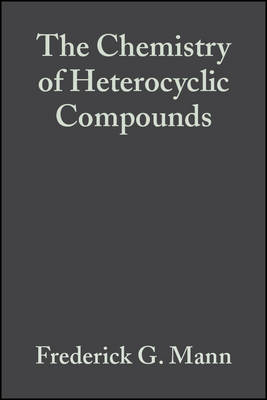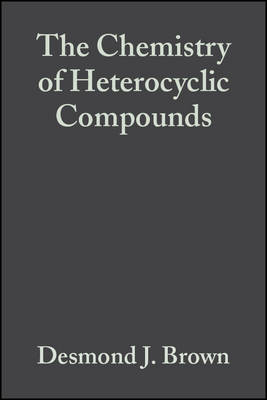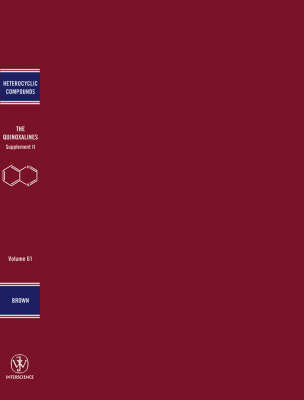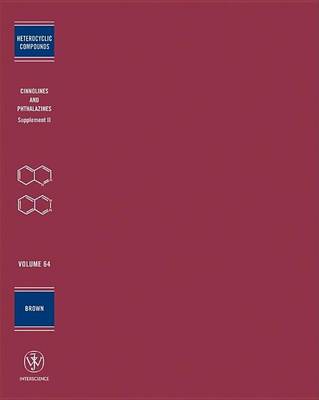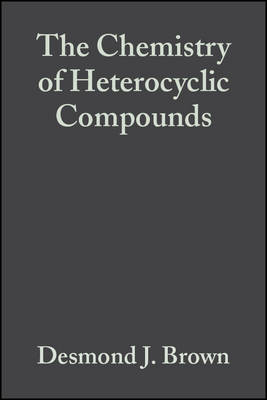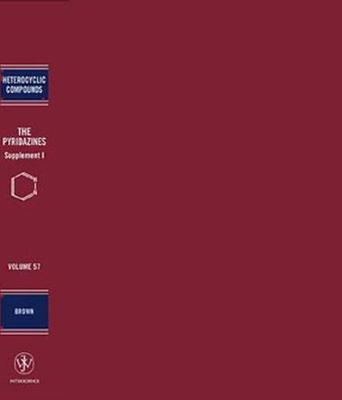Chemistry of Heterocyclic Compounds: A Series Of Monographs
8 primary works • 12 total works
Book 2
Heterocyclic Derivatives of Phosphorous, Arsenic, Antimony and Bismuth, Volume 1
by Frederick G. Mann and Arnold Weissberger
Book 47
The Chemistry of Heterocyclic Compounds, Pyridine Metal Complexes
by Desmond J. Brown
Book 52
Book 61
Quinoxalines, Volume 61, Spplement 2
by Desmond J. Brown, Edward C Taylor, and Jonathan A. Ellman
This volume in the Chemistry of Heterocyclic Compounds series presents a comprehensive review of the quinoxaline literature from 1975 to the present (2002), updating Volumes 5 and 35. It provides an alphabetical table of known simple quinoxalines, including new compounds discussed in this volume and their physical data, as well as the pyrazines from the original volumes. Biological activities, spectral or other physical studies, and other such materials appear at appropriate points in the text. The in-depth coverage includes synthesis, reactions, spectroscopic, and physical properties for each class of compounds.
Chemistry of Heterocyclic Compounds, Volume 61: Supplement II provides the most up-to-date summation of knowledge of the synthetic chemistry of quinoxalines.
Book 64
Cinnolines and Phthalazines
by Desmond J. Brown, Peter Wipf, Edward C Taylor, and Jonathan A. Ellman
Book 98
Chemistry of Heterocyclic Compounds – Special ecial Topics in Heterocyclic Chemistry
by Arnold Weissberger and Edward C Taylor
Book 110
The Naphthyridines, Volume 63
by Desmond J. Brown, Jonathan A. Ellman, and Edward C Taylor
Each of the six naphthyridine systems are described in valuable detail and coverage includes: Primary synthetic methods from non-naphthyridine substrates; Chemistry and properties of the parent heterocycle and its simple alkyl derivatives; Formation and reactions of halogeno derivatives; formation and reactions of hydroxy, oxo, alkoxy, and related derivatives.
Book 182
Cinnolines and Phthalazines, Supplement II – Chemistry of Heterocyclic Compounds V64
by Desmond J. Brown, Peter Wipf, and Edward C Taylor
Chemistry of Heterocyclic Compounds
by Peter Wipf, Jonathan A. Ellman, and Edward C Taylor
Heterocyclic Compounds with Three-and Four-membered Rings
by Arnold Weissberger
